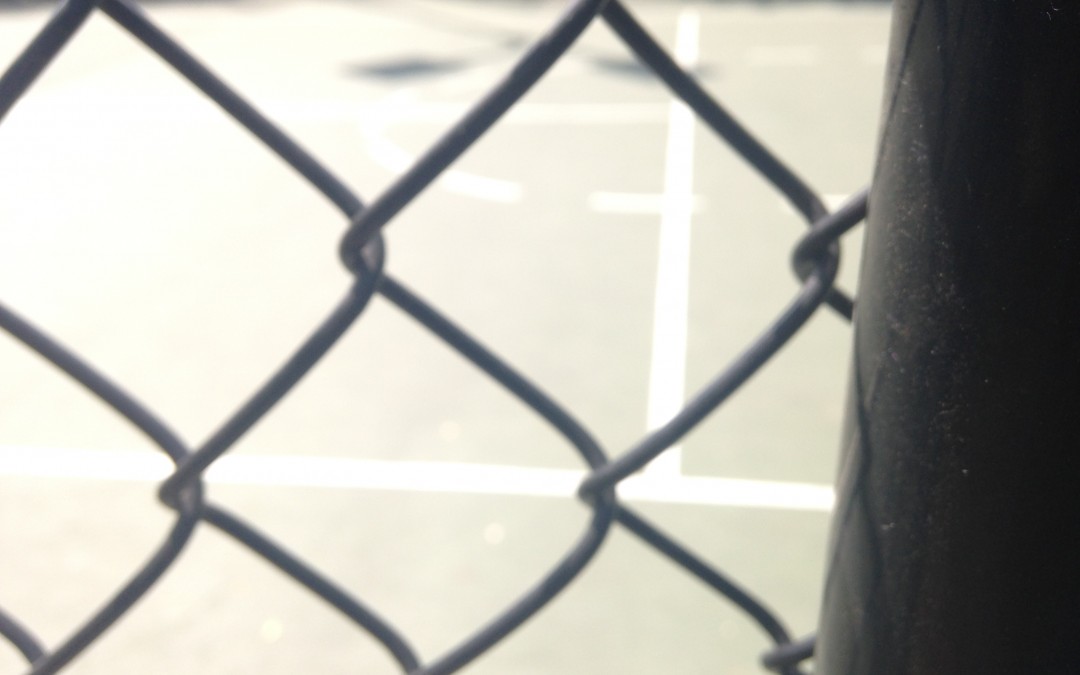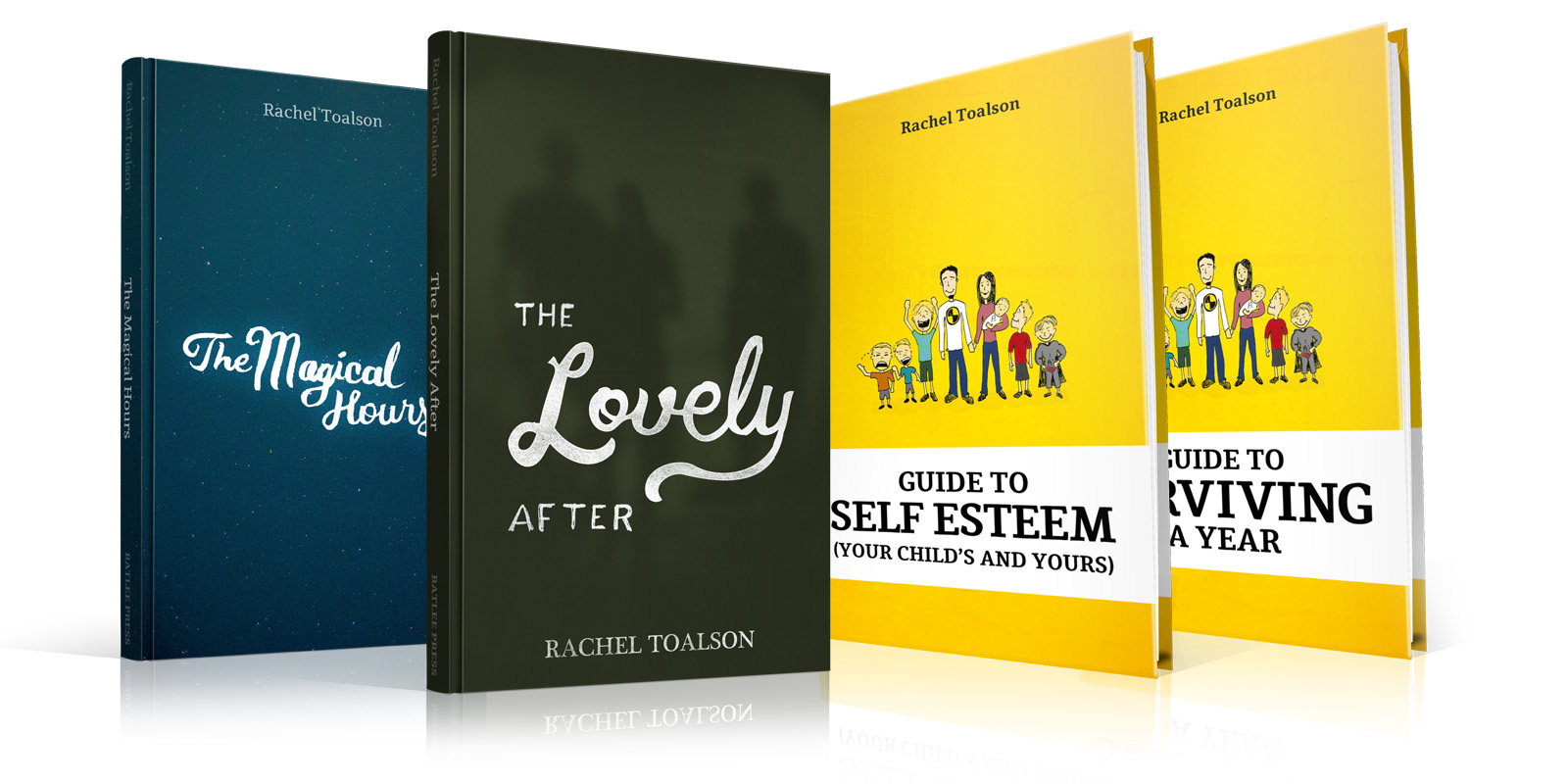Several years ago I began a project with a photographer friend who, every week, sent me a picture, and I would write exactly 40 words about it—some condensed make-believe situation that I could “see” in the picture.
I pinned a 15-minute time constraint on the creative exercise.
I spent a year writing 40 words in 15 minutes for every picture she sent, writing and rewriting and rewriting again until just the right 40 words remained, and instead of feeling limited by the small number and ticking timer, I felt liberated.
It’s hard to explain.
So much could be said in 40 words. So many unnecessary words were eliminated within the constraint. So much focus could be pinpointed at just the right words, instead of grasping around for the millions of words available.
Not only did my productivity increase, but my creativity felt stretched and challenged, because I had 15 minutes to come up with a whole back story about the picture and then write only what was necessary.
It was a tremendous, fascinating learning experience for me.
And I started to think that maybe there was something to this constraint.
So two years ago, when I had finished my 40-word experiment, I decided to challenge myself by writing an ongoing story with the pictures my friend sent me. This project also had its parameters: tell a story with 104 pictures in the course of a year.
I enjoyed it so much I started another one the following journal.
This year I am writing my third one, this time challenging myself one step further and writing a story from three points of view.
All three of these stories have been crafted with constraints—time restraints, plot restraints (plot must weave in the picture), length restraints (the whole story must be told in 104 pictures and “chapters”).
And all of them have made me a better writer.
Here’s how I’ve come to understand it: focus is important to our productivity as creative people. If we’re given too many options, our focus ends up fragmented.
Creativity does not like fragmentation.
[Tweet “Creativity thrives within constraints, because constraints give us the gift of focus.”]
Recently an acquaintance told me about Tim Sachs, an artist who sets parameters on his work—like limiting the colors he uses (no purple, orange must be a natural orange, only one particular shade of green) because he believes it makes him a better artist. Research even suggests that people who spend eight hours a day working really only spend about half of that in focused work—so those of us with time constraints? Makes us better workers and producers and creators.
My husband and I recently watched a TED talk about choices. The speaker had spent years doing extensive research to figure out whether more or fewer choices were better for us.
Guess what? Her research found that the fewer choices people had the better choices they made.
I think of this scientific reality in light of creativity, in light of my 40-word experiment, and it all makes sense. If we are offered a wide-open world, we can quickly become overwhelmed. So we must narrow it down. Make the world smaller. Embrace our constraints.
[Tweet “Those of us with time constraints? Perfect. We’re becoming more efficient writers.”]
I wonder how much more productive and effective we could be if we put a few more constraints on our creativity. How much would we grow and improve? How much would we learn about ourselves?
I think we might be pleasantly surprised.
3 Constraints to Put On Your Writing
1. Time.
Set yourself a timer. The reality is, not many of us are full-time writers. This isn’t all we do. We have children to raise or jobs to work. So set a timer on your writing. Give yourself fifteen minutes a day. Or two hours a day. Or, if you’re fortunate enough to have nothing else in the world to do, set a timer for four hours and see how long it takes you to grow too fatigued to make sense anymore (my limit is about three hours). Training ourselves to create in short bursts is actually beneficial to building deep focus, especially if we gradually increase the time we set on the timer and do nothing but write for the time we have.
2. Word count.
Set a goal for a specific word count. Don’t worry so much about what the words are or whether or not they make sense. Just write. And when you’ve reached your word count goal, congratulate yourself. Gradually increase the word count and track how many words you get in fifteen minutes or half an hour or a whole hour. Keeping track of our word count gives us a good measure for how our constraints are helping develop our focus–which, on the difficult days, can be encouraging to recognize.
3. Strict parameters
Say you’re writing fiction, and you challenge yourself to write something about two characters who have gotten into a fight and whose lives were changed because of the fight. That’s a parameter that gives you focus. Say you’re writing poetry and you want to write a poem about the blooming roses in front of your house and how they remind you of how your life bloomed when you learned how to forgive a storied past. That’s a parameter that gives you focus. Say you need to write an essay and you come up with a headline first. That’s a parameter that will give you focus.
Open a book, read the first line and write a song about it.
Take the word “slippery,” open your journal and pen a poem about it.
Find a picture, write a story about it.
These are all parameters that will constrain you and give you a laser focus on what you’re writing for the day.
So don’t be afraid to put constraints in place. They all serve to make you a better writer.
[Tweet “Constraints make us better writers. They challenge our creativity and hone our focus.”]



